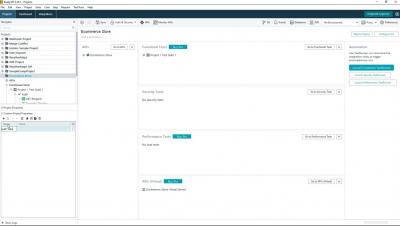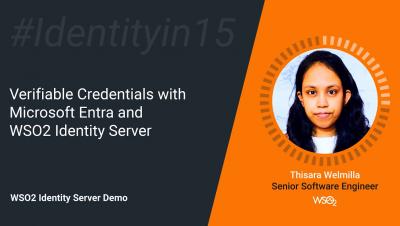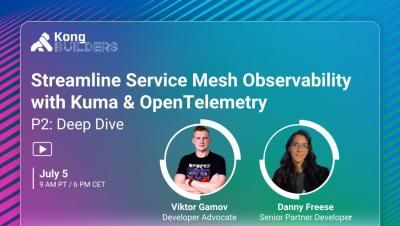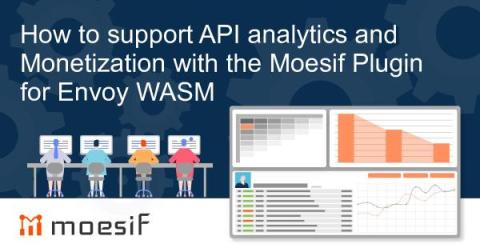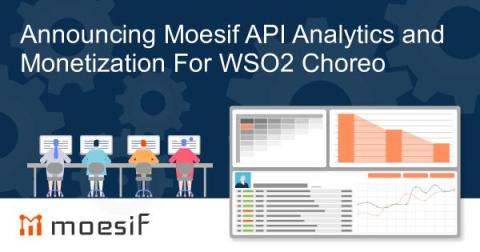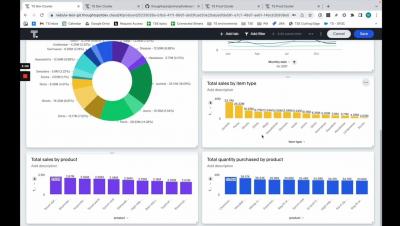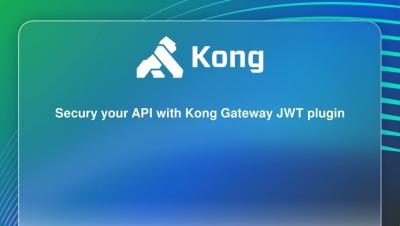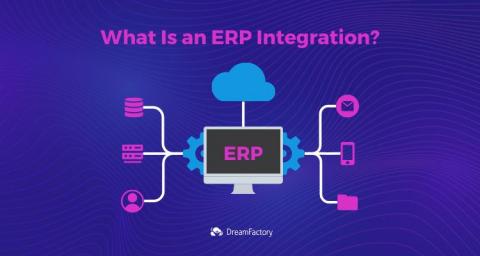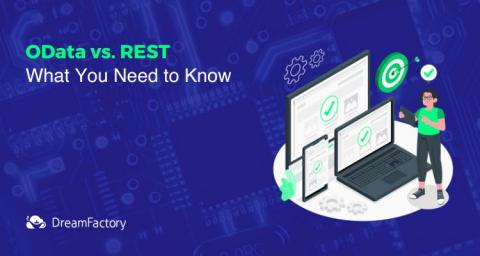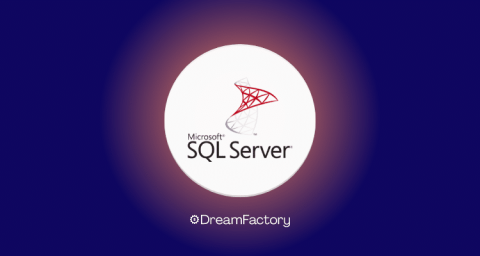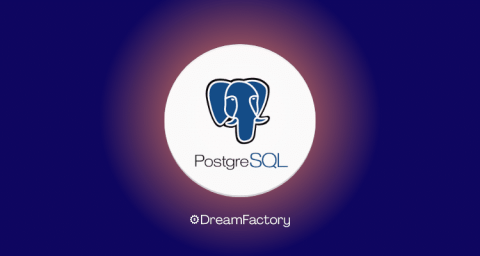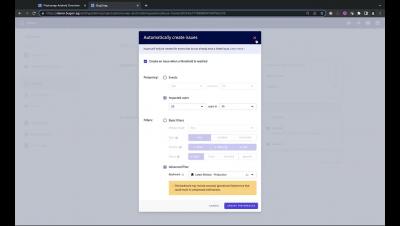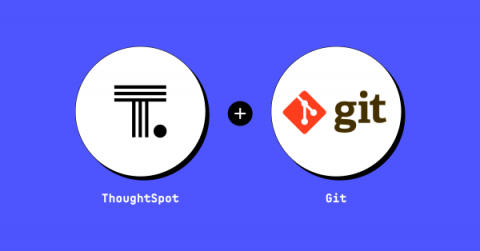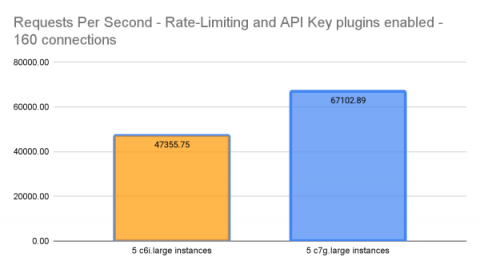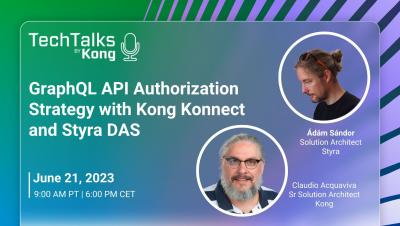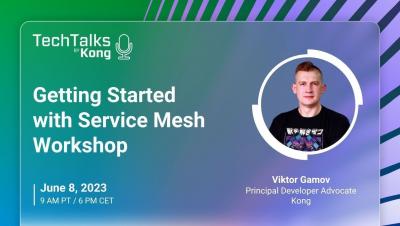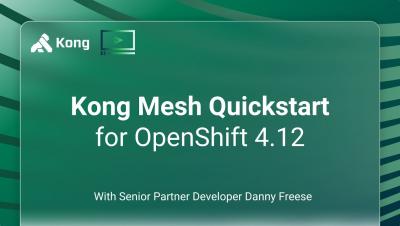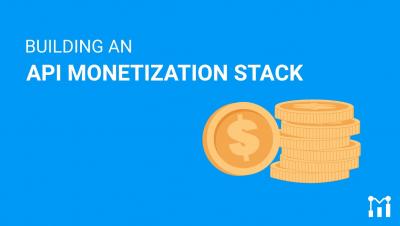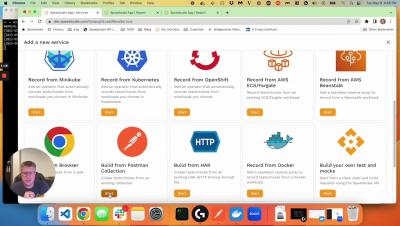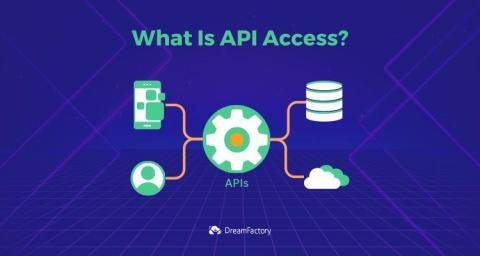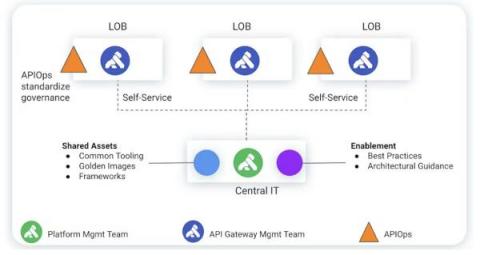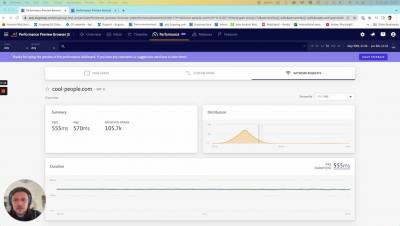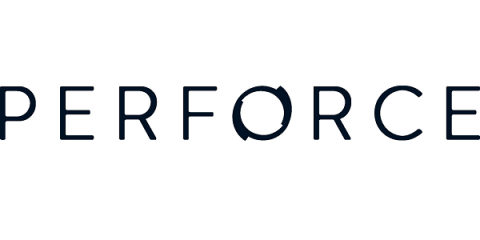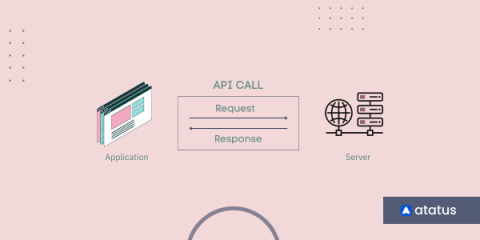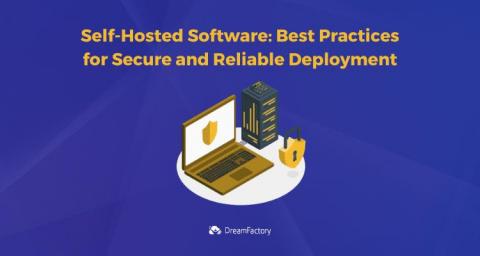Systems | Development | Analytics | API | Testing
June 2023
Microservices vs. Monolithic | Choose the Right Architecture
Creating an Oracle API in Minutes with DreamFactory
Creating an IBM DB2 API in Minutes with DreamFactory
How to Create a MySQL REST API in Minutes
API Security and Management: The Impact on the Fintech Industry
Greg Peranich and Tryn Brown contributed to this post. The world of financial services is driven by digital experiences. Over the last 20 years, virtually all banking activities have been taken online (an unfortunate change only for fans of pneumatic tubes and pens on beaded chains). Like other industries that have undergone digital transformation, financial institutions are leveraging APIs to give users a more seamless experience when managing their money.
Custom Project Properties in ReadyAPI
Verifiable Credentials with Microsoft Entra and WSO2 Identity Server
Mesh Observability with OpenTelemetry P2: Deep Dive
How to support API analytics and Monetization with the Moesif Plugin for Envoy WASM
Moesif is offering a new Envoy plugin for Envoy’s latest proxy supporting WebAssembly. Envoy is an open-source edge and service L7 proxy designed for cloud-native applications. Originally built at Lyft, it’s now part of the Cloud Native Computing Foundation. It provides a universal data plane API and is commonly used as a service mesh in microservices architectures, where it provides advanced load balancing, and API observability.
Announcing Moesif API Analytics and Monetization For WSO2 Choreo
As part of our mission to serve developers, product managers, and other Moesif users better, we’ve teamed up with the API experts over at WSO2 to connect the capabilities of Moesif and Choreo. Choreo was created by WSO2 to push forward the next generation of application development. Inside Choreo is a SaaS application development suite designed to accelerate the creation of digital experiences.
Version control REST APIs with Git integration
You don't need to be an expert to automate your UI tests
Comprehensive test suites are hard to build out, especially when it comes to UI testing. QA teams have to strike a balance between running enough tests to cover essential cases, and giving each test the attention necessary to ensure quality results. With increasing demand for more releases, testers have a lot on their plate, and so automation becomes essential for keeping up. The challenge? End-to-end tests are notoriously difficult to automate without the right tools. The solution?
What is an ERP Integration?
OData vs REST: What You Need to Know
Creating a SQL Server API in Minutes with DreamFactory
Creating a MongoDB API in Minutes with DreamFactory
Creating a PostgreSQL API in Minutes with DreamFactory
BugSnag and JIRA Integration
TestComplete - How to point to the new SmartBear Licence Manager
Bringing Gateway API for Mesh to Kuma
The release of Kuma 2.3 brings experimental support for GAMMA (Gateway API for Mesh Management and Administration) resources. Kuma has long supported Gateway API with the built-in gateway for ingress traffic but with GAMMA support, users can specify how to route and modify in-mesh traffic using the well-known HTTPRoute resource from Gateway API. Gateway API is a project focused on improving the APIs around networking between services in Kubernetes clusters.
Simulating Backend Systems For Use in UI testing with ReadyAPI
Data Generation in Test Complete
Your Content Changes; Your Layout Doesn't. Make Sure it Always Looks Good.
Visual tests are essential for making sure your website looks good, but they also can be challenging to run if your website has a lot of dynamic elements. In a typical visual regression test, your goal is to compare new website versions against previously set baselines to check that unnecessary changes don’t accidentally get loaded to production.
Version control APIs with Git integration
Available in beta, we have introduced new version control REST APIs for Git integration in the 9.3.0.cl release of ThoughtSpot Analytics Cloud. ThoughtSpot administrators can now link their instances to a GitHub repository and utilize continuous integration and deployment (CI/CD) best practices to effectively manage their organization's analytic content throughout its lifecycle.
Get Gravitas and Go Amazonian: Kong Validated for AWS Graviton3, Amazon Linux 2023 OS
Today, we’re thrilled to announce that Kong Enterprise and Kong Konnect Data Planes are now validated to run on AWS Graviton3 processors and Amazon Linux 2023 OS. As an APN Advanced Tier Partner of AWS, we were delighted to have the opportunity to benchmark Kong Enterprise running on AL2023 and Graviton3.
Kong Mesh 2.3 Improves Security, Flexibility, and Resiliency
Kong is proud to announce the release of the latest version of Kong Mesh 2.3. In this release, Kong Mesh continues to build upon the enterprise-grade service mesh in the critical areas of, security, flexibility, and resiliency. As organizations continue to leverage APIs to deliver digital experiences they rely more heavily on the underlying infrastructure that a mesh provides.
Multi-Factor Authentication Support in AlertSite
In the dynamic realm of synthetic monitoring, where ensuring the performance and availability of critical aspects of web applications is a must, an important aspect has been missing – support for monitoring sign-in processes that use Multi-Factor Authentication (MFA). Until now, no synthetic monitoring product on the market has adequately addressed the challenge of monitoring transactions that require the input of MFA code.
Microservices vs Web Services: Key Differences
Journey To API Testing Mastery | Sowmya Sridharamurthy
Kong Mesh 2.2.0 Certified on Red Hat OpenShift: Why and How to Get Started
By now, when we hear the words “service mesh” we typically know what to expect: service discovery, load balancing, traffic management and routing, security, observability, and resilience. So, why Kong Mesh? What does Kong Mesh offer that would be more difficult to obtain with other solutions? Why is Kong Mesh with Red Hat OpenShift a great pairing? We’re happy to announce that the Kong Mesh 2.2.0 UBI Images are available in the Red Hat Ecosystem Catalog.
Importing APIs from SwaggerHub to ReadyAPI
GraphQL API Authorization Strategy with Kong Konnect and Styra DAS
7 Key Benefits of Microservices
API Exploration for Designers
Creating an API Monetization Stack
API monetization is currently a trending topic for many organizations looking to beef up their revenue. Of course, monetizing APIs isn’t the easiest of tasks and requires quite a few moving parts. When it comes to monetization, you’re going to need an entire technology stack to handle the heavy lifting. Creating a stack that allows you to build a product and get to market rapidly is great.
Getting Started with #ServiceMesh Workshop featuring #Kuma and #KongMesh
Kong Mesh Quickstart for OpenShift 4.12
Streamline Service Mesh Observability with Kuma & OpenTelemetry
WSO2's Choreo Internal Developer Platform Now Available on Microsoft Azure Marketplace
How To Connect Legacy ERPs to Modern Applications
Building an API Monetization Stack
Quickly create performance and regression tests from a Postman collection
What Is API Access?
API Platform and Data Mesh: Why Bring Them Together
Enterprises are investing in data mesh initiatives to accelerate how decisions are made and to create novel experiences based on machine learning models. Similarly, enterprises are investing in API platform initiatives to productize business domains (or bounded contexts in domain-driven design parlance) as self-service digital assets that accelerate innovation and improve business agility. Both initiatives are typically run as separate work streams.
Swagger Open Source Tooling Now Supports Latest OpenAPI Specification (OAS) 3.1
What's New in Kong Ingress Controller 2.10?
We’ve just shipped Kong Ingress Controller (KIC) 2.10! This release makes KIC easier to use. In this blog we’ll cover: You can read the CHANGELOG for full details, but for now, let’s focus on the highlights.
Explore What's New - Episode 4
In the Driver's Seat with Konnect - Uplevel Your API Management Strategy
Guide to API Testing: Understanding the Basics
APIs come in many different shapes and sizes and have been around for a long time. Whether you are brand new to the topic or think about your day-to-day in terms of RESTful methods, you are using APIs every day. “This morning I PUT on my clothes, went to the kitchen to GET a cup of coffee, sat at my computer and felt the satisfaction of finding emails to DELETE that don’t need any action from me. My morning ended up being pretty 200 OK.”
TestComplete - modularising keyword tests
Open Telemetry Performance for Web and Mobile applications with BugSnag
How to Mock HTTP APIs With MockServer
This post covers step-by-step instructions on how to use MockServer to mock an HTTP API, as well as an overview of limitations one may encounter.
Automate Virtual Production with Perforce: APIs, Server Extensions, & More
Zero Trust Security: The What, Why and How
If you’ve been researching API security, you’ve likely seen the term “Zero Trust.” And you may already know that organizations can use Zero Trust to help protect their APIs from attacks. What you may not know is that Zero Trust is one of the best models for API security. According to Microsoft, “96 percent of security decision-makers state that Zero Trust is critical to their organization’s success.” But what is Zero Trust exactly?
Understand the Differences: API Authentication vs API Authorization
If you landed on this blog post, chances are that you care about keeping your API secure. It’s an important topic to discuss: API exploits are on the rise, and you don’t want unauthorized users accessing your data. A big part of that security is implementing API authentication and API authorization. These API access control measures are a foundational aspect of API security.
Returning Request Parameters in a Mocked Response using ReadyAPI
Kong Konnect: A Developer's Guide
In this guide, Viktor Gamov (Principle Developer Advocate at Kong) will dive into the power of Kong Konnect, the SaaS managed control plane for Kong Gateway designed for seamless API management. We’ll explore how to use Kong Konnect to configure external services, enable application registration, configure Dev Portal, use credentials to manage services access, and replicate configurations across different environments with just a few clicks. Let’s get started!
EP1: Abstracting Away the Problem
SwaggerHub API Templates
Modernizing API Development With Code Automation
Your Test Suite is Not Complete Without Visual Tests
Test engineers may recall the fateful day when they confidently deployed the latest version of their application after their functional UI test suite gave the green light. But within hours, bug reports began detailing a mysterious UI element missing for some users but appearing for others. The culprit: a poorly written CSS media query invisible to your test suite.
End-to-End API Monetization with .NET, Stripe, and Moesif
Many API developers and companies struggle to find ways to easily set up systems to monetize their APIs. Some are simple but not customizable, some are complex and require massive engineering effort to actually get it all running. To make things easier, Moesif created a feature a few months ago called Billing Meters which gives massive customizability but with a minimal amount of code and engineering effort.
Performance Testing APIs: Postman vs Speedscale
Top Payment Gateway APIs for Developers
Welcome to the fascinating world of Payment APIs! Imagine you're a budding entrepreneur with a brilliant idea for an online store. You want to offer a seamless payment experience to your customers, ensuring smooth credit card transactions and hassle-free order tracking. But where do you start? That's where Payment APIs come into play! Now, let me ask you a question: Have you ever purchased something online using your credit card? Of course, you have!
Understanding API Calls: A Comprehensive Overview
Application Programming Interface (API), is like a hidden gateway that holds the key to unlocking a world of interconnected possibilities. An API acts as the intermediary software that sends a request to a server and subsequently transmits the server's response back to the client. It acts as a secret passage connecting various software systems, enabling them to communicate, collaborate, and exchange information seamlessly.








